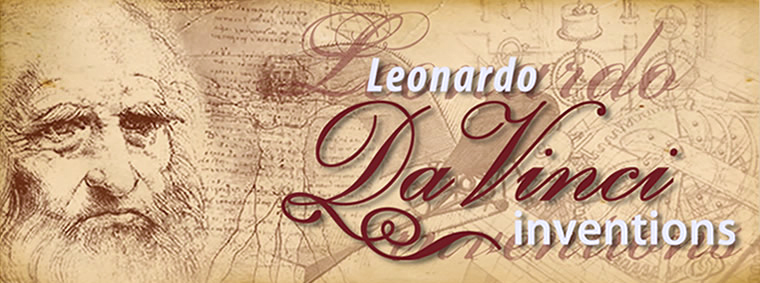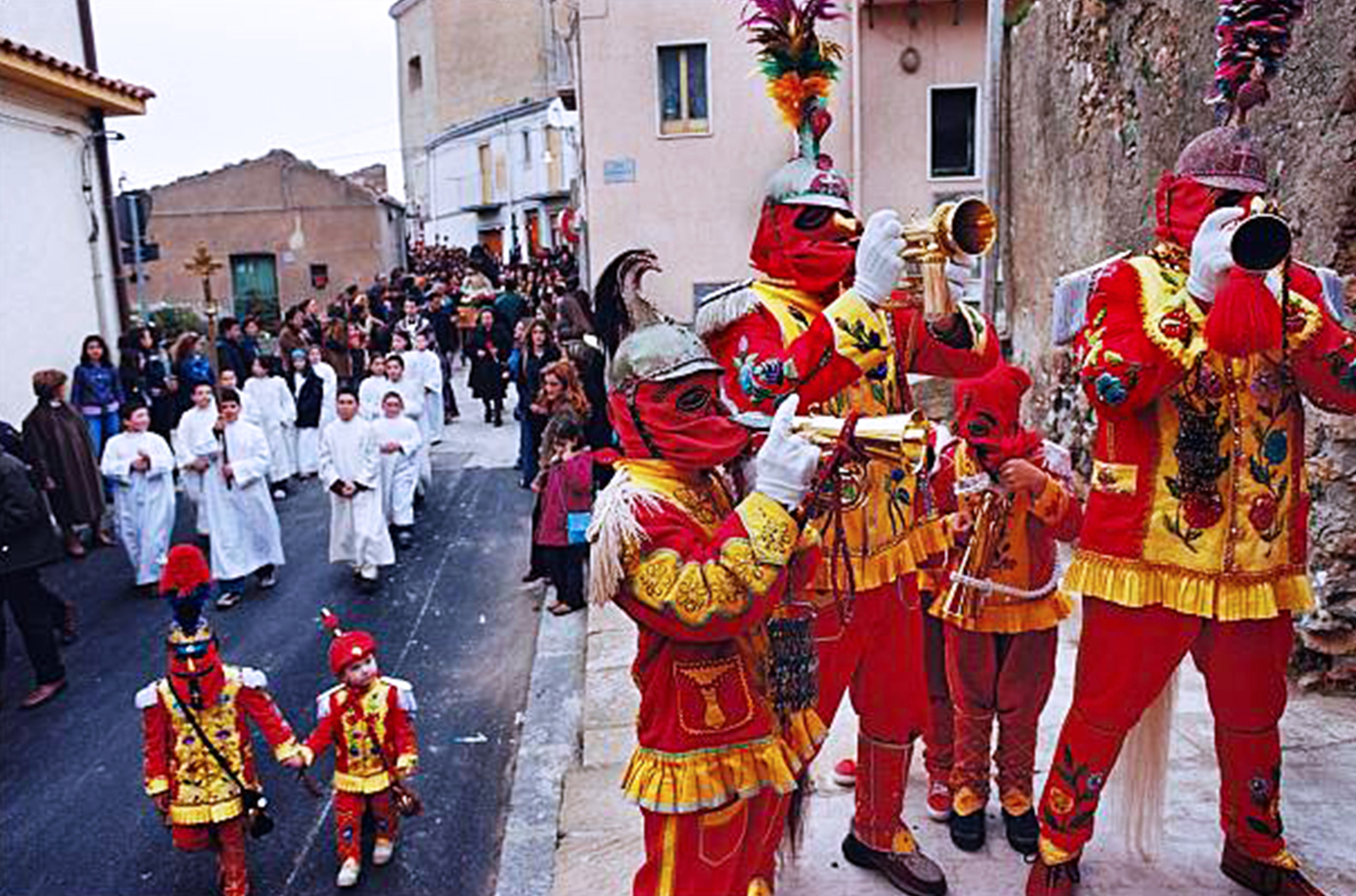To Leonardo da Vinci, perhaps the most versatile genius the world has ever known, the eye was the key to everything. The man who painted the famous “Mona Lisa” and the “Last Supper” also conceived ingenious machines that anticipated the innovations of designers by hundreds of years. Leonardo’s approach to scientific inquiry was as remarkable as the machines he devised. His careful observation and his talent as an artist enabled him to create drawings of such precision that IBM technicians were able to construct the models almost 500 years later. Perhaps of even greater importance, the models almost without fail, worked as intended by the master. The greatest limitation in a number of Leonardo’s designs was that of motive power. There simply was no mechanical means of providing sustained power during the time of the Renaissance, in fact even the coil spring was not invented until 250 years after Leonardo’s death, although he did design a spring that was revolutionary for its time.
Dr. Roberto A. Guatelli (1904-1993), was an engineer from Milan and a world renowned expert on Leonardo da Vinci. He began building replicas of the Leonardo’s machines in early 1930s. In 1951, the president of IBM saw the collection, purchased it and commissioned Guatelli to build more, providing a workshop, materials and a team of craftsmen and technicians.
The models were made of the same materials that were available during Leonardo’s time: wood, brass and bronze. They were built to scale exactly as drawn by Leonardo in his notebooks. Among those constructed were a detailed design for a helicopter; a spring driven car; the prototype for a parachute; the batwing construction for human-powered flight; the design for a paddle steamer; a swivel bridge that allowed tall ships to pass through; an instrument to measure the speed of currents and a metric gauge mounted on a wheelbarrow.
Leonardo’s mind was so fertile that he thought of things no one needed at the time. He was so driven that he created things simply for the joy of the creation, knowing that they would never be made in his lifetime. Many of his inventions were labor-saving devices, but in his time, human labor was cheaper and more efficient than machines. Nonetheless, his mind worked in all directions. He improved and expanded the design of hydraulic pumps and invented a system for draining the Pontine Marshes near Rome. While working for the Duke of Milan, Lodovico Sforza, Leonardo offered a whole series of radically new war machines, including a tank on wheels, the first version of a multi-directional machine gun, an extension ladder (that still looks incredibly modern) and a steam-powered cannon. No single feature would do justice to the inventions and innovations by Leonardo, therefore, this and Parts VII and VIII will feature his inventions.
Anemometer
His fascination with flight inspired him to innovate the anemometer, an instrument for measuring the speed of wind. His hope was that, eventually, the device could be used to give people insight into the direction of the wind before attempting flight. While Leonardo did not actually invent the device, he did make variations on the existing design originated by Leon Batista in 1450 (Leonardo’s design was likely made between 1483 and 1486) to make it easier to measure wind force.
Next to his sketches of the anemometer, he made the following notes: “For measuring distance traversed per hour with the force of the wind. Here a clock for showing time is required.”
Leonardo’s anemometer has an arched frame with a rectangular piece of wood hanging in the center by a hinge. When the wind blows, it raises the piece of wood inside the arched frame. Printed on the frame would be a scale. By noting the highest point that the wood reached on the scale, a person could measure the force of the wind.
The Bicycle
He drew a sketch of a two-wheeled motive powered vehicle around the year 1493, more than three centuries before the generally accepted invention of the bicycle. No chain-driven, pedal-powered two-wheeler was built with the tools and materials of Leonardo’s time, but the great master envisioned such a vehicle. It was discovered in the 1960s when Leonardo’s “Codex Atlanticus” was being restored. Remarkably, the first concept drawing of the bicycle was next to some cartoonish doodles.
Flying Machine
Leonardo’s favorite area of study was that of aviation. One of his most famous inventions, the flying machine (also known as the ornithopter) displays his powers of observation, imagination and his enthusiasm for the potential of flight. The design for this invention is clearly inspired by the flight of winged animals, which da Vinci hoped to replicate. In fact, he mentions bats, birds and kites as sources of inspiration.
His flying machine had a wingspan of roughly 35 feet and the frame was to be made of pine covered in raw silk to create a light but sturdy membrane. The pilot would lie face down on a board in the center of his invention. To power the wings, the pilot would pedal a crank connected to a rod-and-pulley system. The machine also had a hand crank for increased energy output and a head piece for steering. As the busy pilot spun the cranks with his hands and feet, the wings of the machine were intended to flap. Unfortunately, as da Vinci himself might have realized, while the flying machine may have flown once it was in the air, a person could never have created enough power to get the device off the ground.
Helicopter (Aerial Screw)
Though the first actual helicopter wasn’t built until the 1940s, it is believed that Leonardo’s sketches from the late fifteenth century were the predecessor to the modern day flying machine. As with many of da Vinci’s ideas, he never actually built or tested it, but his notes and drawings mapped out exactly how the device was intended to operate.
Leonardo scrawled next to his sketches of the screw-like machine the following description: “If this instrument made with a screw be well made – that is to say, made of linen of which the pores are stopped up with starch and be turned swiftly, the said screw will make its spiral in the air and it will rise high.”
Also known as the “Helical Air Screw” or simply the “airscrew,” the device was designed to compress air to obtain flight – similar to today’s helicopters. Leonardo was a big proponent of the many possibilities offered by the screw shape and he used the shape for other inventions and designs as well.
His helicopter measured more than 15 feet in diameter and was made from reed, linen and wire. It was to be powered by four men standing on a central platform turning cranks to rotate the shaft. With enough rotation, Leonardo believed the invention would lift off the ground. In practice, there would have been far less lift developed to have the machine take flight.





